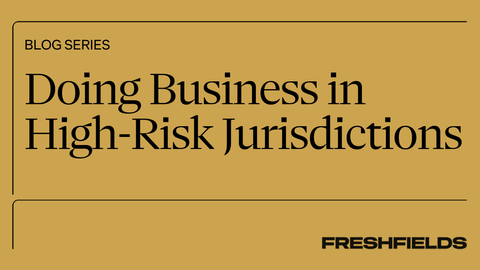€350bn. Every year.
According to the recently published draft of the revised Climate, Environmental Protection and Energy Guidelines (CEEAG), this is the amount of additional investments the European Commission estimates will be required to achieve its 2030 climate and energy targets set out in the European Green Deal.
The Commission published its European Green Deal in 2019 – setting itself the task to become the first climate neutral continent. Two-and-a-half years later, it is not yet clear where the additional €350bn of annual investments that the Commission estimates to be required will come from.
Private sector businesses may fear that the green transition will make them less competitive due to the vast amount of money they would have to invest into green technologies and projects. Without public co-investments, it may therefore be unlikely that the private sector will start to invest into potentially risky new technologies and production processes.
As a reaction to the ambitious task ahead, the EU has in recent months launched a number of funding instruments and began to revise its state aid framework. The EU’s aim is to increase public spending across the continent in order to mobilise even more private investments.
Recovery and Resilience Facility
The Recovery and Resilience Facility will make €672.5bn in loans and grants available to support reforms and investments undertaken by member states. Member states need to show that at least 37 per cent of their spending under the facility relates to projects furthering climate protection and also need to spend this money in accordance with EU state aid rules.
State aid framework
Most EU state aid instruments are currently being revised to make them fit for the Green Deal and the Commission is conducting a lot of public consultations to receive input from stakeholders. One of the key instruments for achieving the Green Deal is the recently published draft of the revised CEEAG (see our blog post).
In addition, the Commission is currently also revising its Communication on Important Projects of Common European Interest (see our blog post). The revised Communication may allow for more cross-border projects organised by various member states to mobilise both public and private funding.
Sustainable finance
The Commission has recently published its sustainable finance strategy. The strategy is an across-the-board drive by the Commission to make finance more sustainable in every aspect, by funding the right activities, but also potentially by disincentivising funding for activity that is deemed harmful to the planet. There are, however, real concerns that there is not enough of a pipeline of sustainable projects to spend all this money on.
With all the projects the Commission is pushing ahead, it becomes increasingly difficult for businesses to keep an overview. Being on top of the various instruments the EU and member states will make available and knowing for which instruments businesses will be eligible is key for any stakeholder active on the internal market.
In the 13th episode of our Essential Antitrust podcast series, Jenn Mellott discusses with Merit Olthoff and Christiaan Smits how companies can navigate the increasingly complex landscape of public funding for ‘green projects’.
To listen to the podcast, click here.
Visit our sustainability and human rights blog for updates on the latest developments on the role of competition law in helping business meet ESG objectives. You can also refer to the sustainability and antitrust chapter of our 10 key themes report on global antitrust in 2021.



/Passle/581a17a93d947604e43db2f0/MediaLibrary/Images/2025-10-21-10-30-43-502-68f760d3a94b3b874acc7f85.png)

